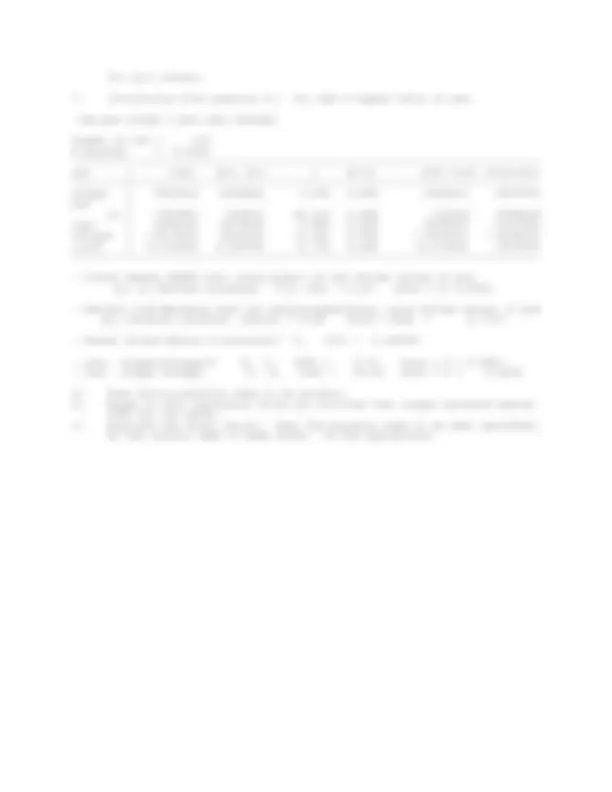



Study with the several resources on Docsity

Earn points by helping other students or get them with a premium plan


Prepare for your exams
Study with the several resources on Docsity

Earn points to download
Earn points by helping other students or get them with a premium plan
Community
Ask the community for help and clear up your study doubts
Discover the best universities in your country according to Docsity users
Free resources
Download our free guides on studying techniques, anxiety management strategies, and thesis advice from Docsity tutors
Material Type: Exam; Class: Econometrics; Subject: Economics; University: Vassar College; Term: Fall 2000;
Typology: Exams
1 / 3

This page cannot be seen from the preview
Don't miss anything!


Vassar College Economics 210 Econometrics Final Exam Name___________________________ Fall 2000 December 15, 2000
Answer all q uestions in blue books. R ememb er to put your name on th e bluebo ok(s). Tur n in the exam s heet with your blueb ook. Show your work.
probit grade gpa tuce psi Probit estimates Number of obs = 32 LR chi2(3) = 15. Prob > chi2 = 0. Log likelihood = -12.818803 Pseudo R2 = 0.
grade | Coef. Std. Err. z P>|z| [95% Conf. Interval] ---------+-------------------------------------------------------------------- gpa | 1.62581 .6938818 2.343 0.019 .2658269 2. tuce | .0517289 .0838901 0.617 0.537 -.1126927. psi | 1.426332 .595037 2.397 0.017 .2600814 2. _cons | -7.45232 2.542467 -2.931 0.003 -12.43546 -2.
reg pce oilppi capu doilppi
Number of obs = 133 R-squared = 0.
pce | Coef. Std. Err. t P>|t| [95% Conf. Interval] ---------+-------------------------------------------------------------------- oilppi | .0539029 .0074405 7.245 0.000 .0391817. capu | .0469706 .0567521 0.828 0.409 -.0653148. doilppi | -.0504086 .0078959 -6.384 0.000 -.0660307 -. _cons | .2847119 4.650052 0.061 0.951 -8.915529 9.
. ovtest Ramsey RESET test using powers of the fitted values of pce Ho: no omitted variables F(3, 126) = 20.12 Prob > F = 0. . hettest Cook-Weisberg test for heteroscedasticity using fitted values of pce Ho: Constant variance chi2(1) = 39.63 Prob > chi2 = 0. . dwstat Durbin-Watson d-statistic( 4, 133) =. . test oilppi+doilppi=0 F( 1, 129) = 1.33 Prob > F = 0. . test oilppi doilppi F( 2, 129) = 26.56 Prob > F = 0. di jb =10.218924 display chiprob(2 ,jb )=.
a) Do the signs make sense base upon what you know of macro economics. b) Does Autocorrelation seem to be present. c) Based on this regression would you conclude that oilppi contributed to inflation before 1980 but not after. d) Would you conclude that this equation is well specified. Give evidence